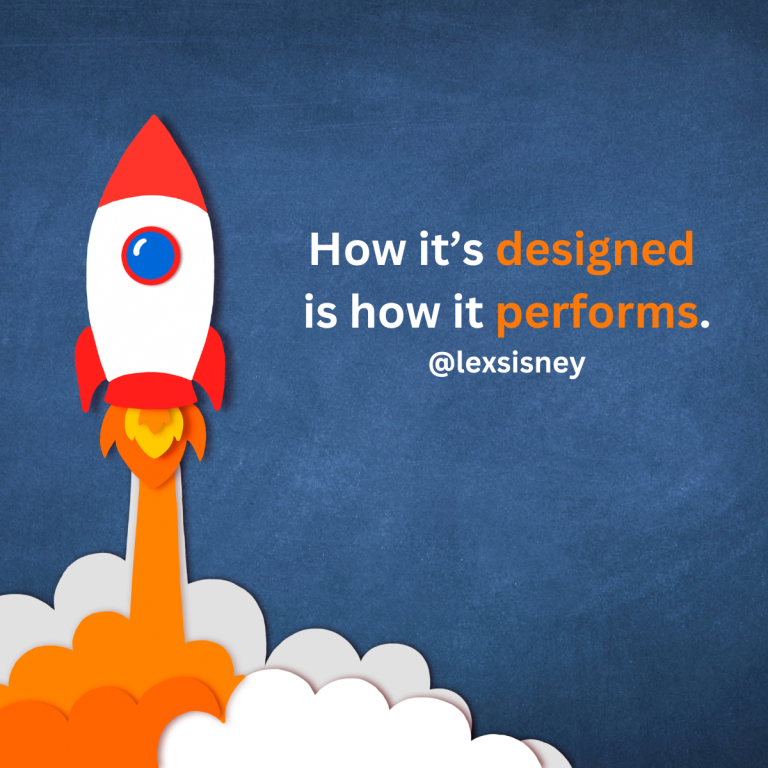
Why Winning Companies Build Internal Maps (and How to Start Yours)
Better map. Better outcomes. Summary Insight: Your company’s internal map is either your greatest asset—or your biggest liability. This article shows you why building a shared, living model of reality is the key to scaling intelligently. Key Takeaways: Most companies







